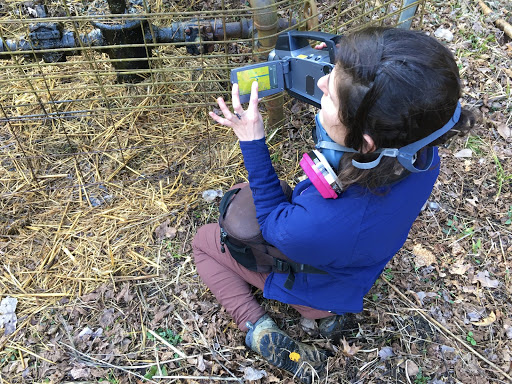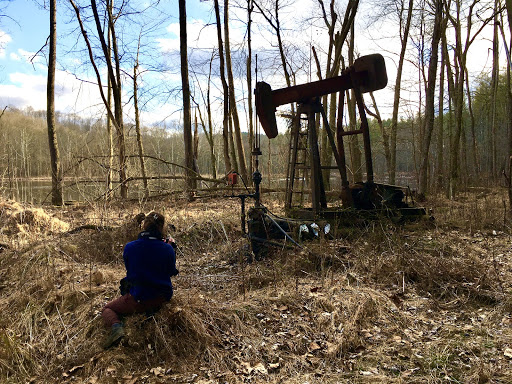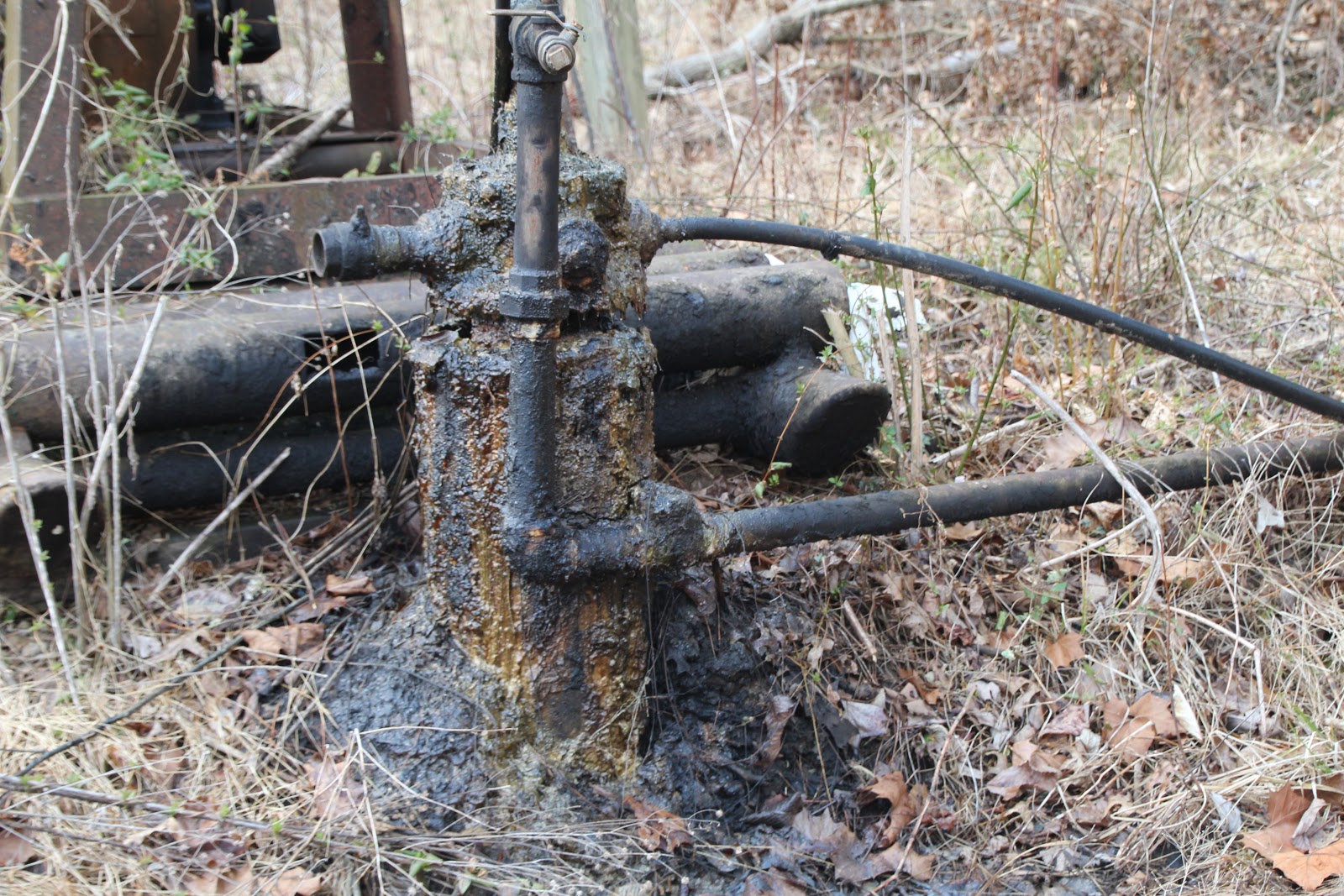With the federal government pushing to open more public land to oil and gas drilling, the courts have an important role to play in protecting the places we need for recreation and nature’s solace. That reality played out last month in Ohio when a federal judge deemed 40,000 acres in the Wayne National Forest off limits to the unconventional drilling, or “fracking,” industry.
Years of work by local residents and environmental organizations paid off when the court halted a move by the Bureau of Land Management (BLM) to lease yet more Forest land to oil and gas companies. This win is a tremendous cause for celebration, as laws designed to protect endangered species and watersheds were ruled more valid than a polluting industry’s desire to profit off lands that belong to all of us.
At the same time, this legal victory highlights other measures needed to protect the Wayne. Most importantly, the state and industry need to do a better job monitoring existing operations and clean-up the thousands of existing conventional oil and gas wells that pockmark the land, leak into air and water, and, in turn, harm health and climate.
What you’ll find in the woods
The Wayne is a place of natural beauty and important American history. Within its three unique tracts, you’ll find the storied Little Muskingum River, important wetland habitats, and the final resting place of heroes of the Underground Railroad. But in some parts of the forest, you’ll also find active oil and gas production alongside battered tanks, derelict pump jacks, and many of Ohio’s countless abandoned and unplugged wells.
There are approximately 1200 active oil and gas wells in the Wayne, primarily in the southern tracts near the cities of Athens and Marietta. They subject park visitors to pollution, odors, and other hazards. Most of these facilities are not fenced off or even signed to indicate what they are or to warn passersby to keep their distance.
In addition to the immediate safety and health concerns these wells present, they also contribute to a much bigger problem — the climate crisis.
Oil and gas wells emit methane, a devastatingly potent greenhouse gas. Research out of the University of Cincinnati measured methane leaks from abandoned wells on public land in several states and found the largest emissions rates in the Wayne. More research is needed to fully quantify these and active conventional well emissions in Ohio, but a study in the neighboring state of Pennsylvania estimates that conventional wells emit almost 270,000 tons of methane annually — which is roughly as harmful to climate as the pollution from a million and a half cars.
In March, Earthworks’ and partners visited a slew of these quiet yet dangerous sites. Using our specialized optical gas imaging (OGI) camera, we documented normally invisible air pollution from leaky tank hatches, open valves and well casings. This was Earthworks’ third visit to the Wayne to look for air pollution using the OGI camera, and we checked up on three sites we’d seen before, all of which exhibited ongoing or new leaks.

Many of these sites are poorly maintained. At one location, the operator had apparently tried to use a crumpled swimming pool liner to shield the ground around one tank, a hose leading from the wellhead to another tank was severed, and the tank’s hatch was visibly warped, allowing air emissions to waft out. Odors permeated the site and the surrounding woods.
“Our hike with the OGI camera was an eye-opener,” said Nathan Johnson, Public Lands Director with the Ohio Environmental Council and one of the attorneys on the recent Wayne case. “Seeing pump-jacks and tanks mar an otherwise beautiful forest is bad enough. But being able to actually see the air pollution is really disturbing.”
Some sites flout Ohio law which requires operators to clearly display the “owner, lease name, well number” of their sites, and it appears this basic requirement hasn’t been enforced. This simple information is essential for determining who is responsible or whom to contact if there is a problem at a site. In fact, even after recording GPS coordinates at each site we visited in March, it was a real challenge to file formal complaints with the Ohio Department of Natural Resources (ODNR) due to a lack of identifying information. Without that information, it took ODNR additional time and steps to even figure out where to send their inspectors.


A problem waiting to get worse?
The Wayne already has a severe pollution problem that could get worse without proactive measures. As wells become less profitable for their operators — either because of declining production or because the product fetches a lower price, especially during the current global pandemic — operators can and do walk away, in some cases abandoning wells unplugged and unmaintained. States across the nation are beginning to acknowledge the major risk of operators doing so en masse, leaving public agencies taxpayers to clean up the mess.
How could this happen? The short answer is weak bonding requirements.
The ARO Working Group analyzed federal data and determined that it costs an average of $110,000 to plug a well in Ohio. Yet, on federal land like the Wayne National Forest, rules require operators to put down a mere $25,000 “blanket” bond to insure all its wells in the state, or $150,000 for all its wells in the entire US. Bonds for wells on other land in Ohio are similarly paltry at a mere $5,000 per well or $15,000 for all wells. That’s less than 5% of the money of the average cost to plug one abandoned well in Ohio. In the neighboring state of Pennsylvania, the regulatory agency there is very openly declaring an impending crisis as similarly weak rules threaten to allow operators to simply walk away.
Now — when the financial viability of the oil and gas industry is more questionable than ever — is the time to start making sure the state does not enable conventional well companies to shirk their responsibilities.
Ohio’s path forward will require a comprehensive plan to clean up leaky sites and properly plug those that are no longer productive, and a meaningful increase in bonding values. The state could consider ways to further scale up its plugging program and continual inspection of declining and abandoned wells. Such an undertaking would serve the dual purpose of creating jobs for Ohioans and protecting vital environmental resources. The recent major legal victory to spare much of the Wayne from future unconventional drilling can also be an inspiration to address oil and gas destruction of the past and present.
FOR MORE INFORMATION:
- Visit bit.ly/CEP-OH to see more videos of normally invisible air pollution in the Wayne National Forest and from around Ohio.
- Learn more about Earthworks’ OGI program, in Ohio and beyond.
- Explore more of the hidden history of the Wayne National Forest alongside leaky wells.


